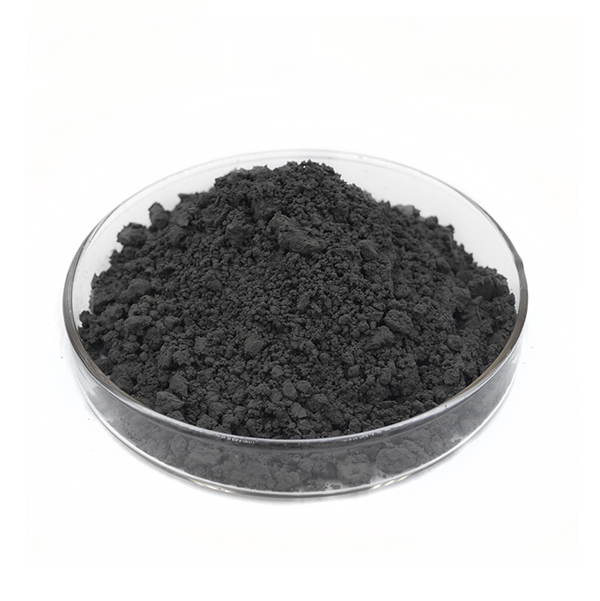Chromium carbide is a ceramic compound that exists in various chemical compositions: Cr3C2, Cr7C 3, and Cr23C6. Under standard conditions, it exists in the form of a gray solid. It is very hard and corrosion-resistant. It is also a refractory compound, which means it can maintain its strength even at high temperatures. These characteristics make it suitable as an additive for metal alloys When chromium carbide crystals bind to the metal surface, they improve the wear and corrosion resistance of the metal and maintain these characteristics at high temperatures. For this purpose, the commonly used component for Z hard and Z is Cr3C2.
The use of chromium carbide:
Chromium carbide can be used for surface treatment of metal components. Chromium carbide is used to coat the surface of another metal using a technique called thermal spraying. Mix Cr 3C2 powder with solid nickel chromium. Then heat this mixture to a very high temperature and spray it onto the coated object, forming a protective layer there. This layer is essentially its own metal matrix composite material, composed of hard ceramic Cr3C2 particles embedded in a nickel chromium matrix. The substrate itself contributes to the corrosion resistance of the coating, as the metallic form of nickel chromium has corrosion resistance. After spraying the coating, the coated parts must undergo diffusion heat treatment to achieve excellent coupling strength and hardness with the base material. Another technology uses chromium carbide in the form of cover plates. These are prefabricated chromium carbide coated steel plates designed to be welded to existing structures or machines to improve performance.

Chromium carbide is used as an additive in tools made of hard alloys to improve hardness by preventing the growth of large grains. [8] The main component of most extremely hard cutting tools is tungsten carbide. Tungsten carbide combines with other carbides such as titanium carbide, niobium carbide, and chromium carbide, and is sintered together with the cobalt matrix. Cr3C2 prevents the formation of large grains in composite materials, resulting in a fine grain structure with excellent hardness. The accidental formation of chromium carbide in stainless steel and other alloys can lead to intergranular corrosion.
Usage scenarios of chromium carbide:
1 wear-resistant film, semiconductor film;
Adding Cr3C2 in the production of hard alloys can not only refine WC grains but also improve the strength and hardness of the alloy, and significantly improve the corrosion resistance of the alloy. It is widely used as a corrosion-resistant alloy structural material (gauge, valve, sealing ring, etc.) in industrial production, and is used in hard surface welding materials that require both corrosion resistance and high friction resistance in spray welding and surfacing; Widely used in the smelting and production of special steels such as stainless steel, heat-resistant steel, corrosion-resistant steel, and alloy steel.

